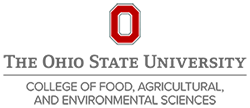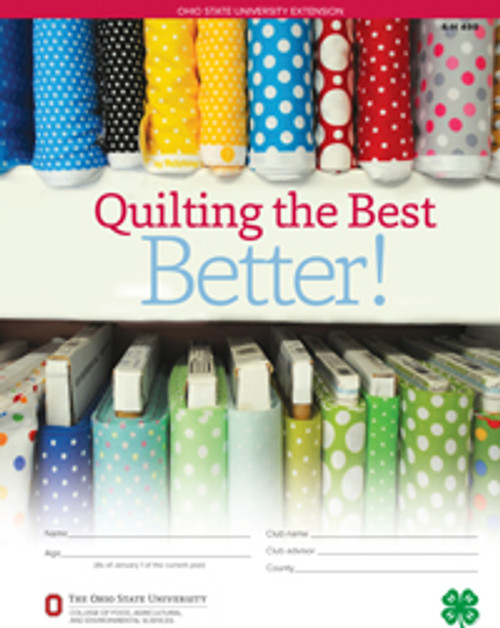Overview
Best Practices for Nutrient Utilization and Water Recycling in Nursery Operations
According to the International Fertilizer Industry Association, the basic principle behind fertilizer best management practices is to use the right fertilizer product(s), at the right rate, right time and right place. This approach conveys how fertilizer applications can be managed to achieve economic, social and environmental goals.
Following this key principle, a current trend in the nursery industry to collect, store, and reuse leachate and stormwater runoff for irrigation can reduce water and fertilizer costs and minimize non-point source water pollution, but this practice also presents challenges. The nutrients in recycled water can lead to eutrophication of storage ponds resulting in algae growth,which can cause an increase in pH.
In 2008, a system designed to mitigate these potential problems was installed at a beta test site on a 1,000-acre Ohio nursery. The Controlled Nutrient Delivery MicroFeed SystemTM (CNDMS) incorporates precise measurement and delivery of essential nutrients, coupled with software that predicts plant nutrient requirements. The CNDMS also monitors the pH of the recycled irrigation water and injects a specified dose of nitric or phosphoric acid to adjust pH for optimal nutrient uptake by plants and to reduce waste. Safety measures ensure the pH does not drop lower than the set value. This system enables the end user to achieve the best management practice of the right fertilizer, at the right rate, right time and right place.
Impacts of the CNMDS at the beta test site included increased plant production and reduced fertilizer costs. Plants grown with the CNMDS demonstrated strong root systems and excellent foliage growth and plant form.






